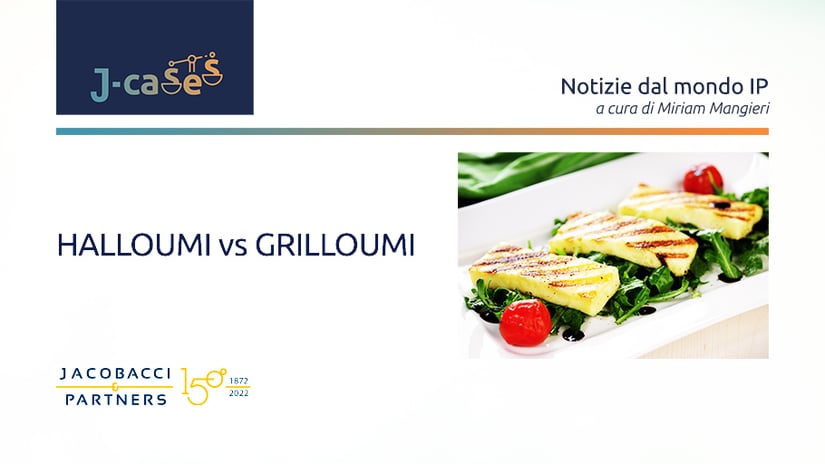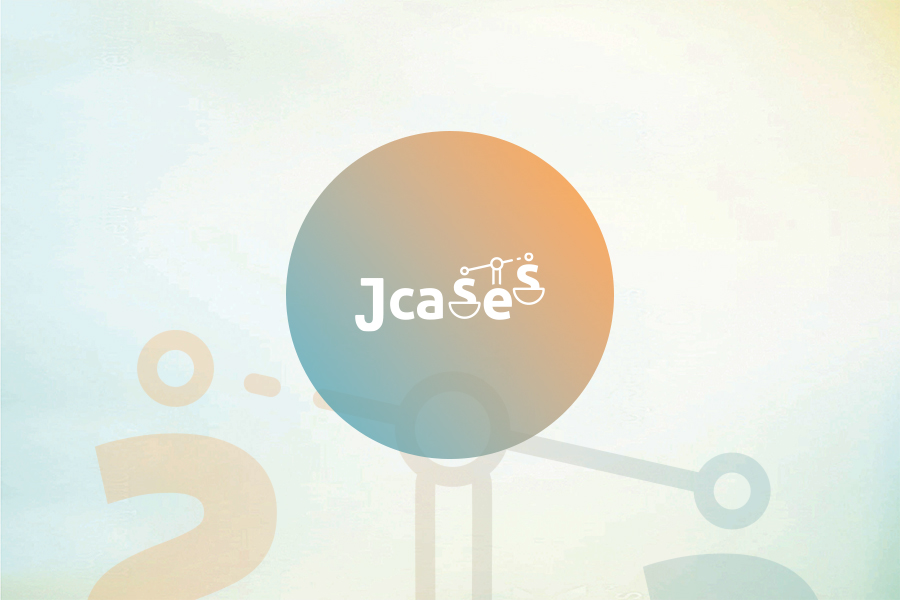
Are cheese products complementary to restaurant services? The General Court addressed this issue in its decision regarding the case Foundation for the Protection of the Traditional Cheese of Cyprus named Halloumi vs. EUIPO (Case T-555/19).
In October 2016, the Swedish Company Fontana Food AB, applied to register an EU trade mark for GRILLOUMI in class 43 for "services for providing food and drink; coffee-shop services; restaurants".
This application was opposed by the Foundation for the Protection of the Traditional Cheese of Cyprus named Halloumi ("the Foundation"), owners of the EU collective mark “HALLOUMI”, registered in class 29 for "cheese".
The opposition was rejected and the subsequent appeal dismissed by the Fourth Board of Appeal of the EUIPO since the goods protected by the pending TM application and the services covered by the Opponent’s TM were considered too dissimilar in order to determine a likelihood of confusion. The Board considered that the mere fact that food is consumed in restaurants is not sufficient to find a similarity between foodstuffs and restaurant services.
The Foundation appealed this decision to the General Court, arguing that the EUIPO and the Board of Appeal had made an error in finding that "cheese" and "services for providing food and drink" are dissimilar.
According to the Court, goods in Class 29, inter alia, cheese, are necessarily used in the serving of food and drink, with the result that those goods and those services are complementary.
The General Court confirmed that goods and services are complementary where there is a close connection between them, whereby one is indispensable or important for the use of the other, with the result that consumers may think that the same undertaking is responsible for manufacturing those goods or for providing those services.
Cheese, indeed, may be offered to the clientele of many restaurants, or even of coffee shops, by being incorporated as an ingredient in dishes that are intended to be sold on the premises or to be taken away. Furthermore, cheese, may be sold as it is to consumers, in particular in restaurants in which the activity is not limited to the preparation and serving of cooked dishes, but also consists of selling food which is intended to be consumed away from the place in which it is sold.
For these reasons, the Court annulled the Board's decision and remitted the case back to it for a fresh decision that has been issued by the Fifth Board of Appeal on January 3, 2022.
The Board finds that the similarities between the signs are not strong enough in order to compensate for the weak similarity between the goods and the services creating a likelihood of confusion. This is also due to the weak distinctive character of the earlier mark and the fact that the element ‘ll’ of the word “GRILLOUMI” refers both to the words ‘grill’ and ‘halloumi’. Consequently, the public will not be led to believe that the services covered by the contested sign have the same origin as the goods, ‘cheese’, labeled with the earlier mark. In conclusion, despite the complementary between goods in class 29 and services in class 43, affirmed by the General Court, the board of Appeal considers that there is no likelihood of confusion pursuant to article 8(1)(b) EUTMR.



